Contents:
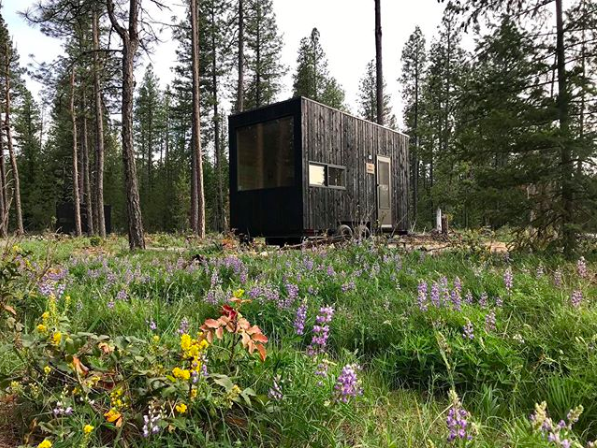
Vacations, Unplugged | Trends by The Hustle
What you need to know:
- Some 60 % of people still check email on vacation, despite wanting to get away from screens. Vacation homes in a remote natural areas — without WiFi and minimal cellular service — are gaining in popularity.
- The startup Getaway has built ~200 tiny cabins in the U.S. in the last four years and has received ~$40m in funding.
How you can capitalize:
- Follow the Getaway model and build your own tiny cabins in forested areas near your city for ~$40k. At $150 nights and with bookings 200 nights a year you’d make $30k annually.
- Pay attention to popular national parks, which are seeing magnitudes more visitors the last few years, and build near them.
* * *
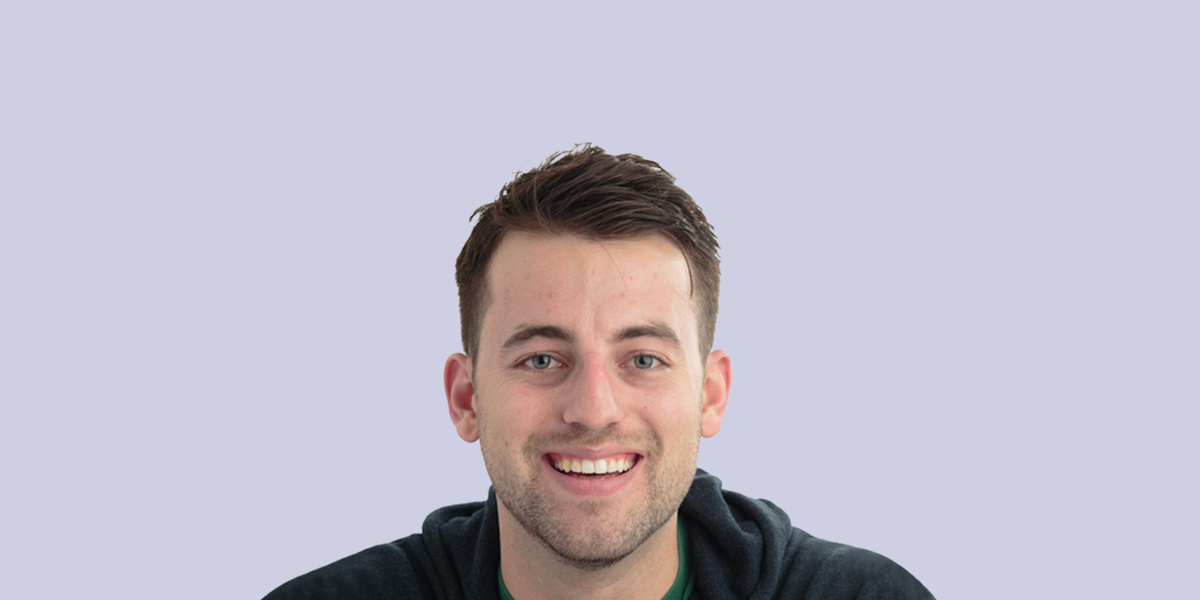
Pat Walls from Starter Story: Interviewing Over 500 Businesses While Bootstrapping His Own | Trends by The Hustle
After a failed Y Combinator application in 2017, Pat Walls decided to bootstrap his next business. Hustling around his full-time job as a software developer, he built up Starter Story as a “solopreneur.”
Since inception in November 2017, Starter Story has interviewed over 500 businesses and is now averaging multiple interviews per day. He’s built out new features of the platform, including search functionality, suggested tools, founder-recommended books, and social engagement features. He’s even released an ebook showcasing the 24 most inspiring interviews.
The site mostly features e-commerce hits, although Pat has plans to expand past that. Products range from swim trunks made of trash to non-fiction book clubs to portable treehouses to miniature construction supplies to carbon fiber instruments, and these businesses do anywhere from a few thousand per month to up to millions per year.

The End of Aging | Trends by The Hustle
What you need to know:
- Aging is far more likely to contribute to disease than typical vices, and scientists have been working on methods, such as tissue regeneration, to keep us healthier for much longer. Harvard professor David Sinclair believes in the near future the average life expectancy will increase from 83 to 113 and that people will not decline as rapidly in their last years.
- Some $800m was invested in anti-aging startups last year, compared to ~$100m in 2013.
How you can capitalize:
- Improve wearable technology: Instead of measuring heart rates, blood sugar or other important markers, new wearables will signal to users how to improve health and longevity on a daily basis, like by eating a certain meal. These devices also might be implanted under the skin.
- Rethink society: If we’re living much longer, healthier lives, more attention will be paid to seniors than ever before. The exercise industry will boom, and senior entrepreneurs, already common, will become more frequent.
- Consolidate your next startup (and your skill set): Mehmood Khan, Life Biosciences CEO, says technology, academia, the medical field and ecommerce are going to meld like never before, in part because of the anti-aging movement. “Gone are the days where you’re a businessman or engineer or academic…In the modern age those lines are blurred and rightly so.”
* * *

The Tokyo Digital Museum That Banked $100m | Trends by The Hustle
What you need to know:
- People are flocking to digital museums in Asia that are utilizing proprietary technology to develop viral experiences, driving $100m in their first year.
- Traditional museums are heavily dependent on capital-intensive assets which are proprietary due to scarcity. The Tokyo digital museum flips this model on its head by building technology that can be duplicated many times over, resulting in far more attractive margins.
How you can capitalize:
- Opportunists can partner with digital collaboratives to create new digital experiences. The beauty of technology-based experiences is in the scalability, so the end result could be a 100,000+ square-foot space like Borderless or a much smaller digital pop-up.
- Others can get involved with the tech, by developing interactive and responsive artwork like teamLab has, and then selling or licensing the technology to other companies.
- Leverage the concept of interactive digital experiences to build out entirely new concepts, ranging from interactive concerts to dynamic education tools.
* * *
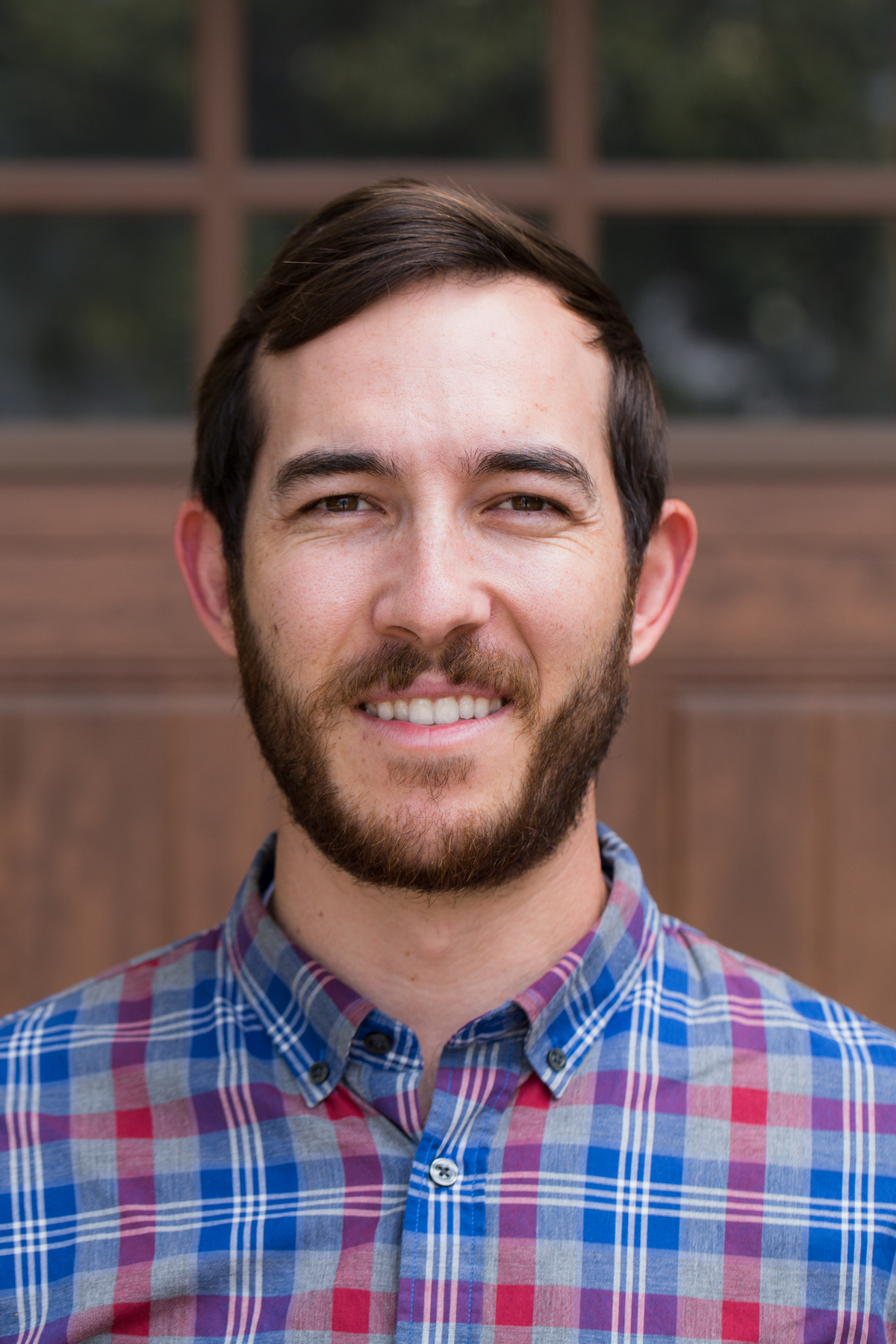
Daniel Kane on the Rise of Skinny Wallet | Trends by The Hustle
Daniel Kane was a 19-year-old student at UC Santa Barbara when he launched the skinny wallet company, The Ridge.
In 2013, he prototyped the first version of what would become one of the best-selling direct-to-consumer wallets, scraping together $1,500 to get a Kickstarter campaign going.
When he started, the ecommerce landscape had yet to be flooded with hundreds of copycat products. Advertising campaigns for the Ridge were much more cost-effective, at times almost 8x cheaper than today.

The $100k-a-Year Franchise Opportunity Helping Small Businesses Grow |
Have you ever wanted to create your own podcast? How about one that brings in $100k a year while helping small businesses grow?
Then you should meet Lee Kantor, founder of Business RadioX, an Atlanta-based small-business radio/podcast network that can be replicated in any market. What started as an Atlanta radio show––Mr. Fitness and the Fat Guy––has evolved over the past decade into a 9-city franchise, with plenty of room to grow.
Kantor, a longtime marketer, has turned traditional radio advertising on its head by offering local businesses an opportunity to host their own podcasts that target hard-to-reach audiences. His company grew out of his frustration with seeing how hard it was for small businesses to get any attention in the press. Unless your last name is Bezos or Musk, there’s no guarantee your company will ever get a media mention.

Mental Health Tech Enters its 'Golden Age' | Trends by The Hustle
What you need to know: Over 40 million Americans suffer from mental illness, including depression and anxiety, with 1 in 5 saying they have an unmet need. In 2018, over 100 deals in this space amounted to $800M in funding, up over 150% YoY.
How you can capitalize: Areas of opportunity include targeting the intersection between big data and mental health, especially in the workplace, niching down on specific conditions and creating popular remote therapy apps or wellness apps for non-English speakers.
*****
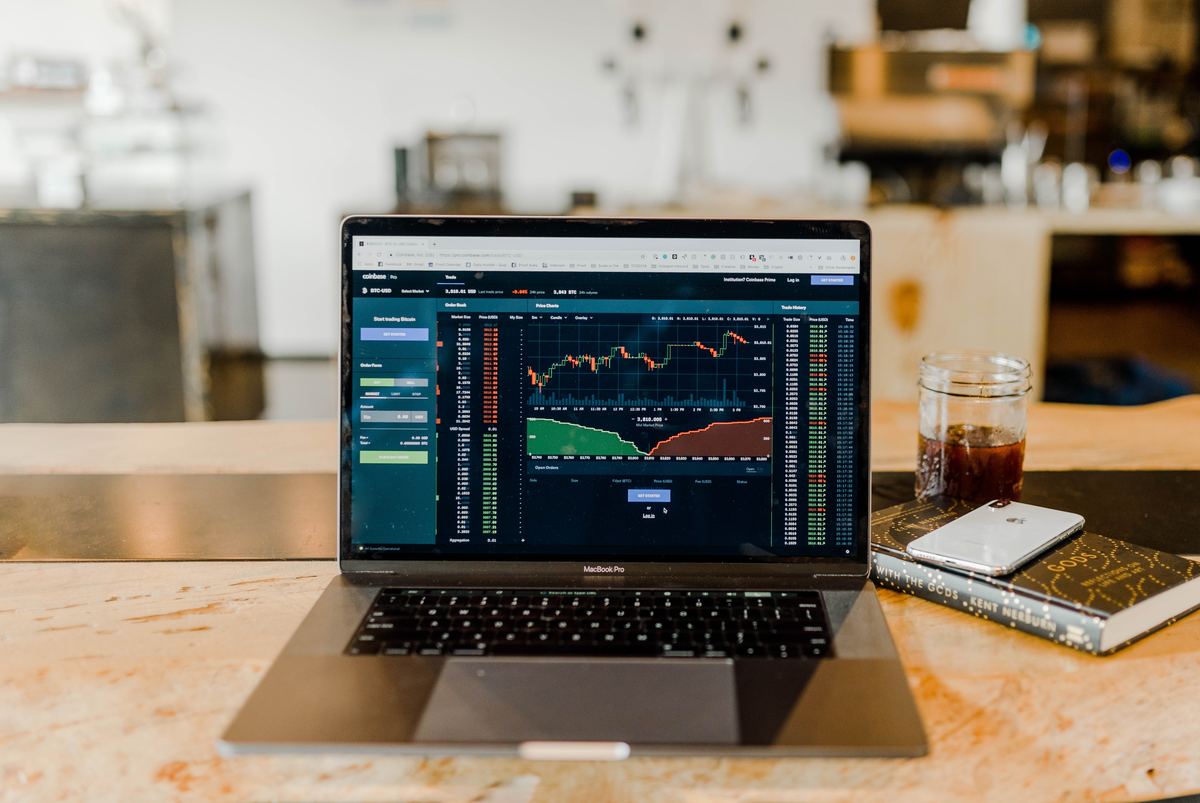
9 Tips for Finding Product Market Fit | Trends by The Hustle
In the Trends Facebook group this week, subscriber Jay Wa discussed an app he is planning in the legal tech space that could provide “simple, legally-binding contracts on the fly.” But he wants to be sure he’s finding product market fit and asked the group for advice.
Why focus on product market fit? Because making sure a large market wants your product is usually more important than the product itself. Famed investor Marc Andreessen, who popularized the term product market fit, once wrote that product market fit is the only thing that matters.
Here’s a breakdown of the best advice on finding product market fit from Trends members, coupled with some advice from outside experts on the same subject. And if you have any advice you’d like to give, please add it to the Facebook thread.
- Use online vendors to do market research: Validately and Instapanel offer an easy way to survey potential audiences who could use your product. (Marc Phillips, Trends member)
- Make the most of LinkedIn and Twitter: Figure out keywords related to your product and explore the related discussions. (Marc Phillips, Trends member)
- Read the right books: Trends member Sankalp Kulshreshtha suggested Disciplined Entrepreneurship: 24 Steps to a Successful Startup. Philip DiMuro suggested The Lean Startup.
- Ask your friends and family: Do they understand your product? Even if they might not use it, you should be able to communicate with them the importance of your product. (Ellie Cachette, founder and CEO of Consumer Bell)
- Think like your customers: Design your product based on anticipated use cases and wedges for customer acquisition. (Sam Huleatt, Trends member)
- Let the customers pull you: Be flexible and adjust your product based on feedback. If customers and potential customers want you to do something slightly different, build your product based on solving their problems. (David Rusenko, Weebly founder).
- Focus on a manageable number of gaps: There may be multiple gaps in a given industry, but it’s best to target only a select few for your product. (Andrew Gazdecki, former CEO & Founder of Bizness Apps and Altcoin.io)
- Improve over a pre-existing category: Don’t be worried if a pre-existing product already exists. It might even be better that ones does, as long as your product is an improvement. In a market where a similar product exists, customers will already know how to find products like yours, and you’ll know there’s a potential audience. (Andrew Chen, general partner at Andreessen Horowitz)
- Track these four categories: A startup reaching product market fit should have “a high number of inbound inquiries, a high number of referral inquiries, a net promoter score metric above 8 and low churn rate.” (Karolina Gawron, Monterail)
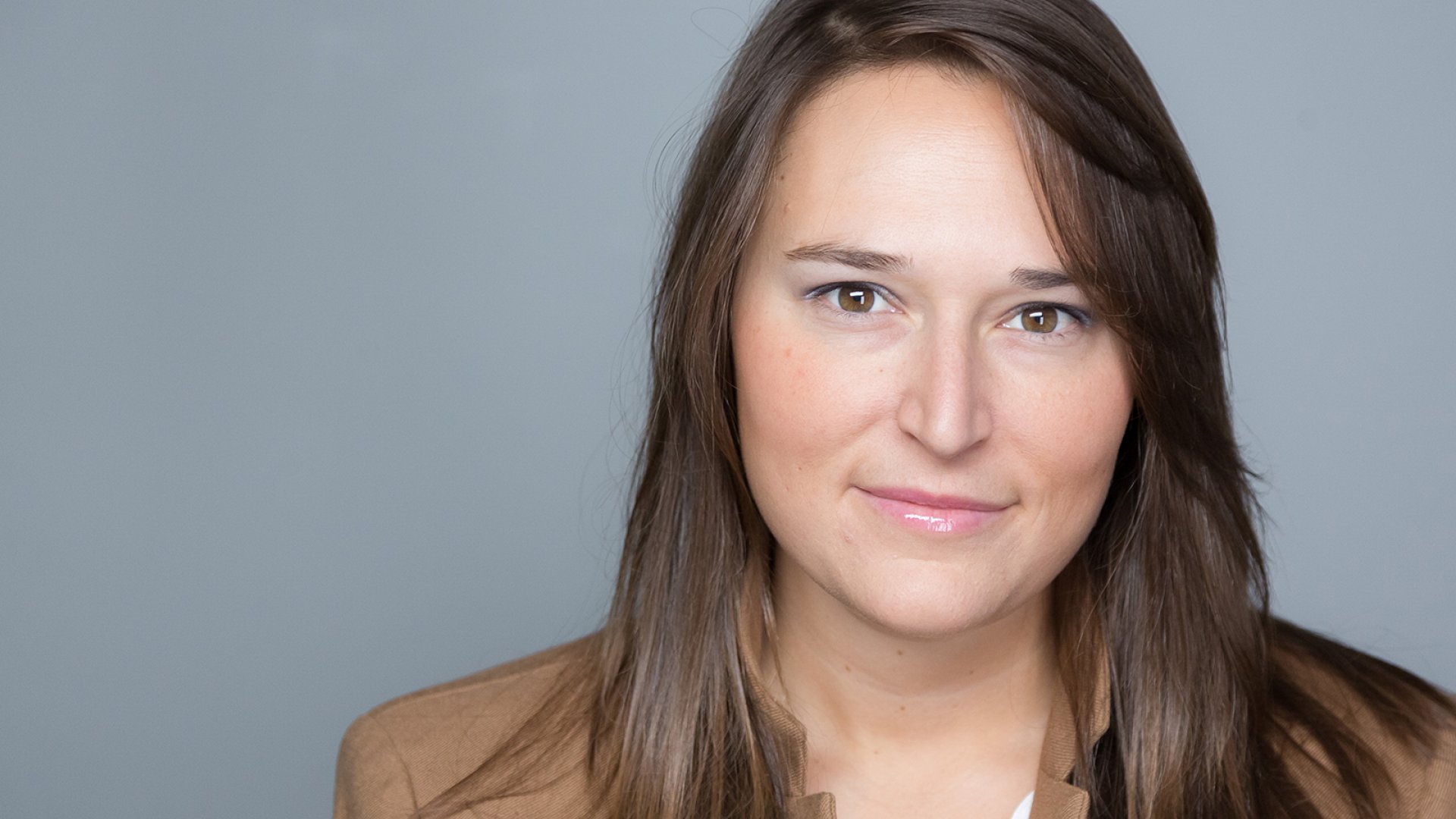
The REIT Champion: RealtyMogul CEO Jilliene Helman...
Jilliene Helman is all about the Real Estate Investment Trust, or REIT. She is the 32-year-old CEO of RealtyMogul, an LA-based commercial real estate investing platform with over $2B in assets.
It works like this: With as little as $1k to invest, customers join a group of other investors on commercial real estate properties studied by RealtyMogul, getting paid back in monthly or quarterly dividends if the property is successful.
Helman quit her corporate job as VP of wealth management for Union Bank after noticing that all of her wealthiest clients were involved in real estate investing.

Age Tech: The Market Where Everyone is a Potential Consumer | Trends
What you need to know: Worldwide, the number of people over 65 totals 635m and could rise to 2B by 2060. The people getting older and living longer want to age comfortably at a home, but a lack of connectivity and social isolation makes it difficult. Venture capital funds have started investing tens of millions in age tech.
How you can capitalize:
- Improve connectivity and decrease social isolation through the sharing economy. Examples include Silvernest, which is a roommate service targeted at seniors.
- Turn any number of clinical treatments or technologies into a direct to consumer service that reduces doctor and hospital visits.
- Use voice technology and other technologies to transform homes into areas where elderly people can feel more connected and where data can be collected on their well-being.
*****